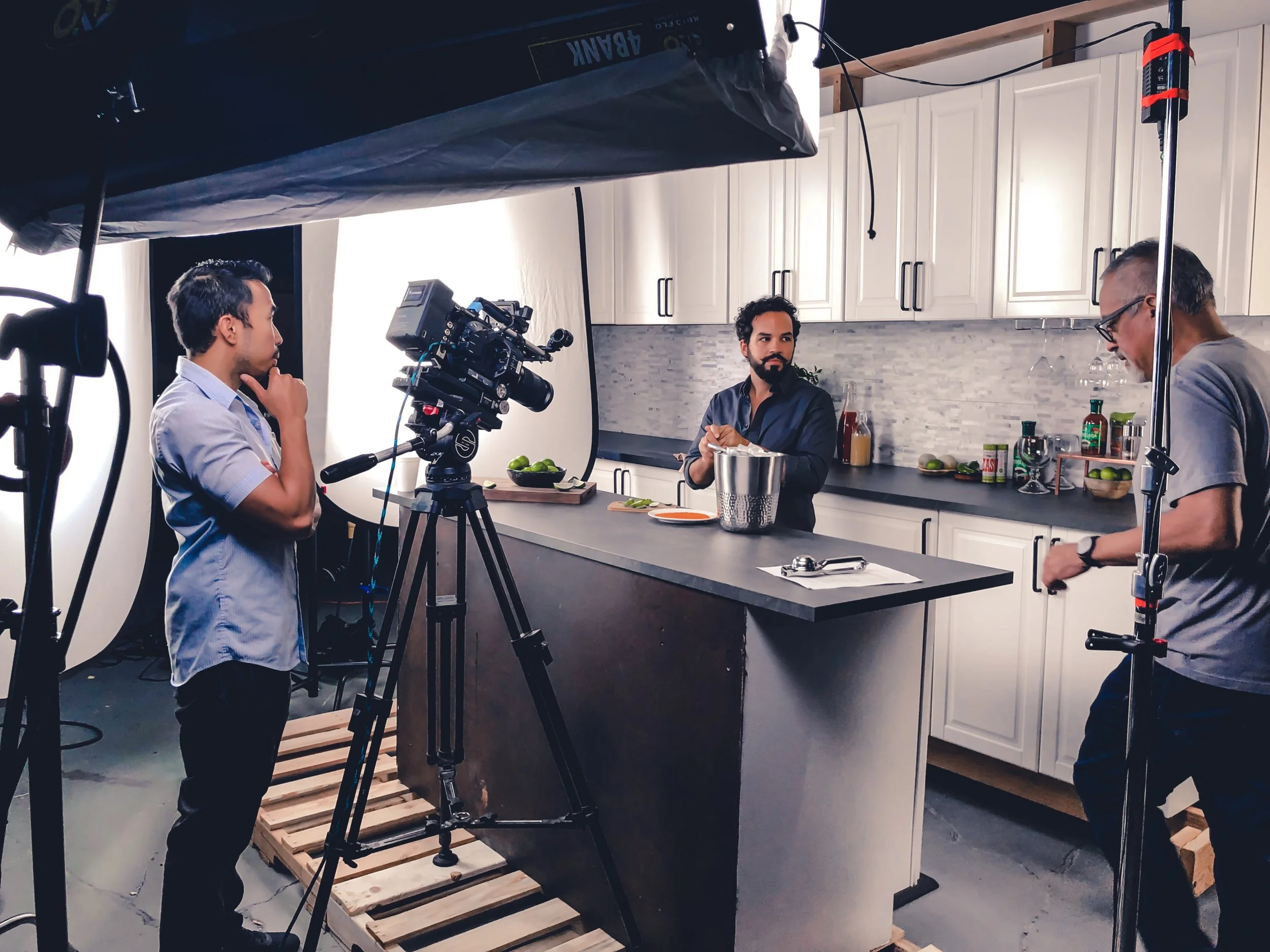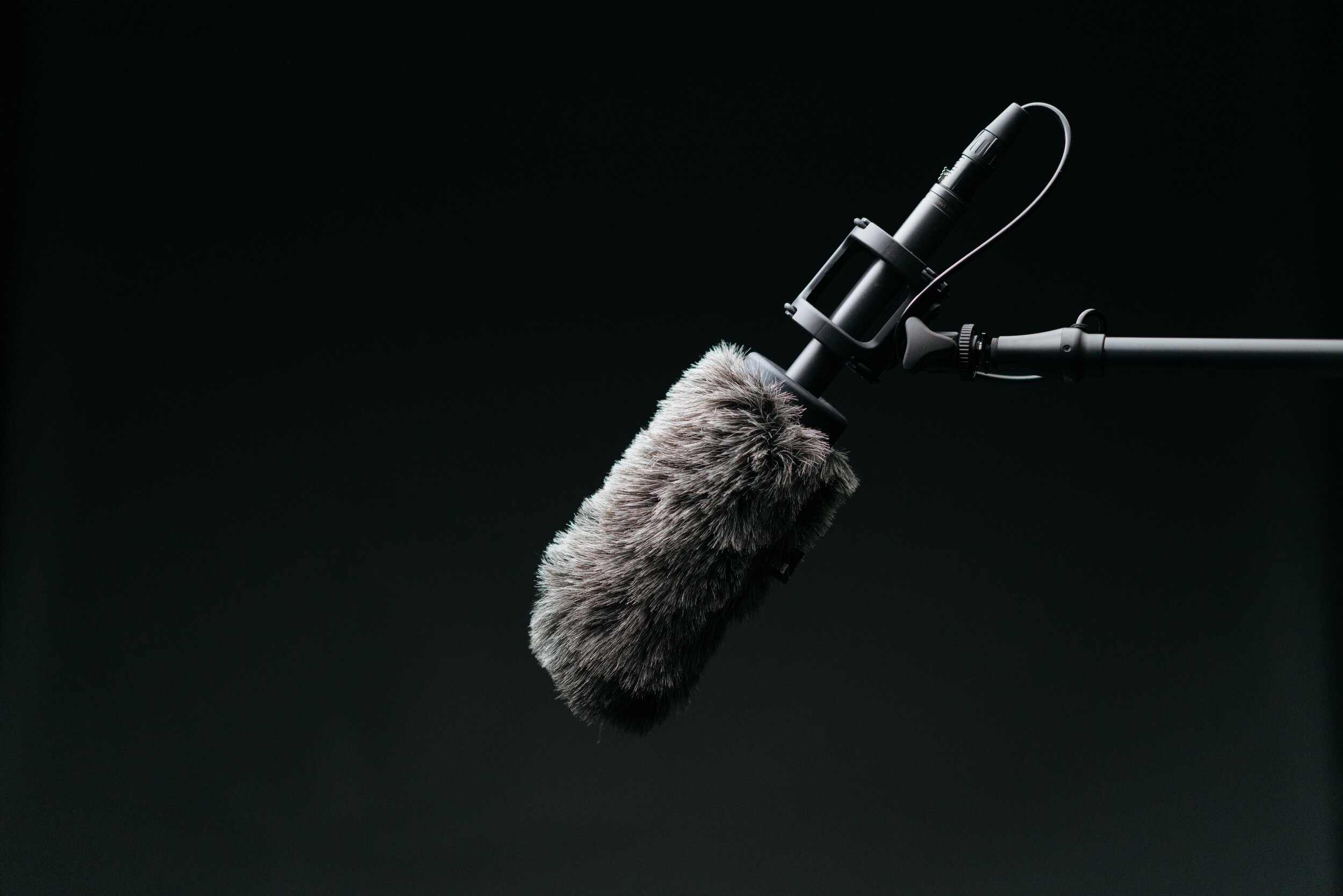Can your audience hear you properly in your videos? View our recommendations for a clear quality sound and select your equipment for the production that fits the filming scene, such as field interviews and other video productions. Learn about the various external audio equipment like lavalier microphones and some of their advantages and disadvantages to using them in this clip from our video content course.
Elevate Your Videos Professionally Following This Beginner Guide
How do you make your videos stand out? Are you new to creating videos and are thinking about retreating to when you never had videos in your content strategy? Don’t give up hope yet! Our guide goes through all the components necessary to make professional videos without needing professional equipment.
No need to purchase a new camera! Use your cellphone or borrow/rent a camera as you get used to creating videos. Before you pick up a camera and start recording, know that the content in your video matters more than the video itself. Plan out your script and include your target audience’s persona in your plan and how you want to edit the video. What do you want to convey to your audience? Have these in mind before hitting record.
Now that you know the target of your video, it’s time to pick your video's location: indoors or outdoors. If you choose to film indoors, you have the option to film behind a real background, such as an office space or behind a solid background, like a green screen. If you choose to film outdoors, film in an area that does not have a lot of noise. Either way, film in lighting that is natural, soft, and not harsh on you or your subject. Choose the background that is consistent and suits your type of video best.
It may take you more time in post-production to edit out what you don’t want in the video. To save you time, film in short segments. Make a note in your planning stage of these segments, that way you’ll know when to start and stop your video. While you’re experimenting with video cuts, experiment with how you film; which can ease the transition to the next segment and change the emotion! Now you’re ready to upload your professional video to various social media sites and your website following the specific video specifications! For more tips on how to create professional videos, click the link below!
Credit: Written by Peri Elmokadem 8 Beginner Tips for Making Professional-Looking Videos
Basic Audio Equipment in 2019
Need to improve your sound quality but don’t know where to start? Start with the basics! Audio equipment ranges from different microphones to audio accessories which is perfect for maintaining audio quality in your videos. Our audio equipment list will get you started on your next production!
Video cameras have built in microphones, but these generally tend to be lower quality, and less versatile than other options. There are plenty of great options out there for audio, and we’ve got a couple of the basics to make your production sound as good as it looks.
Lavalier:
Lavalier microphones, commonly known as “lav mics” are perfect for interviews and presentations, as they can clip onto a shirt or jacket, making sure audio is consistent. Be careful in your productions if you do not want the lavalier showing through on your actors, and when you are using wireless to make sure there is minimal interference.
Shotgun/Directional:
These microphones are special in that where they are pointed at is where they primarily get their input from. This helps cancel out any unwanted background noise. They are on the pricier side, however, and need to be close to the talent to ensure the best outcome.
Handheld:
Handheld mics are what you normally see journalists or news reporters using. These mics can be wired or not, and are one of the simplest microphones to use. These are great for when you need to record audio in a live event, when you cannot have multiple cameras and mics set up. On the other hand, handhelds are not generally used for productions with narratives, as they need to be close to actors to pick up audio, and are easily seen by the camera.
Headphones and audio recorders:
These give you more freedom while shooting for two major reasons. First, your microphone is not connected to the camera, giving you more shooting options. Second, you are able to monitor the audio in real time to make sure your audio is where you want it to be. On the other hand, the audio must be then synced with video in post production, which can be easily done with the use of a clapper board or someone clapping their hands.
Boom poles and windshields:
Boom poles allow your microphone to be closer to the talent, but does, unfortunately, require a boom pole operator. Windshields will block out feedback from wind, giving you the opportunity to shoot outside without compromising audio quality.
Recommended Sound Equipment for Budget-Friendly Business Creatives
Ever recorded a video and found your microphone picking up sounds you don’t want in your video? Are you wondering how to improve your sound quality and learn which equipment is best for you without breaking your budget? Learn all about the sound equipment categories: types of microphones-directional, wired and wireless, audio recorders, windshields, and headphones. The sound equipment mentioned offers budget-friendly creatives and small business owners the ability to choose and use equipment that records sound needed to produce quality videos. There is a recommended list for each sound equipment category and includes the least expensive option.
Credit: Written by Learn About Film Sound Equipment for Low Budget Filmmaking - Learn about film


